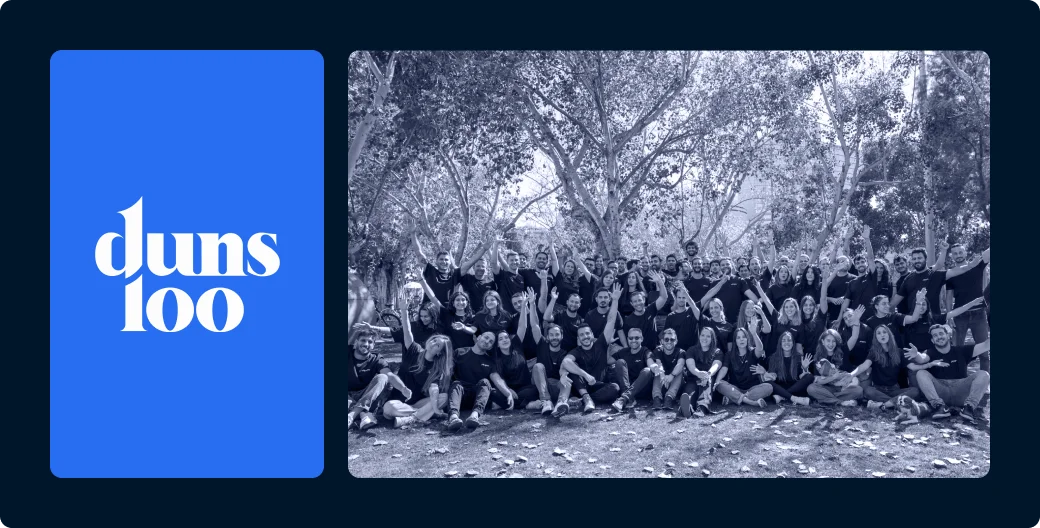Raising capital is the defining chapter of a GP’s journey, one that tests a manager’s ability to inspire long-term confidence. While fund formation demands structure and careful legal decisions, securing investor commitments requires something more essential: ultimate alignment and trust.
Many first-time managers believe they must impress LPs with an image of institutional readiness. In reality, experienced investors are attracted to managers who show focus and restraint, and who clearly understand the strategy they plan to implement.
What LPs want to see
Limited partners are not looking for theatrics or novelty. They want to understand who they are investing with, what that manager has accomplished, and whether the strategy is one they can confidently underwrite.
Three qualities consistently stand out:
A track record that aligns with the strategy
A strong track record is king. LPs want to invest in demonstrated capability, not theoretical potential. Your prior experience, whether through direct investments, acquisitions, asset management, or deal leadership, should directly support the fund you are launching.
A first fund is not the time to reinvent yourself. The closer your strategy stays to what you have already executed successfully, the more confident investors become.
Familiarity in structure and approach
While it may be tempting to introduce new models or unconventional terms, LPs generally respond best to familiarity.
Innovation belongs in the investments themselves, not the fund framework. A standard and transparent structure reassures investors that their capital is being used within a proven model.
Team chemistry, not team size
There is often pressure to “look the part” by expanding the team early, but LPs are less concerned with headcount and more interested in cohesion. A partnership formed quickly and without a shared history is a red flag.
Think of it like a shotgun wedding. Rushing to the altar with someone you don’t know often leads to disaster – and undoing a partnership after a fund launch will be painful.
Investors prefer a lean team with strong alignment over a larger team assembled just to look good together. And if you’ve built your track record independently, it’s completely acceptable to proceed solo with your first fund.
Ultimately, LPs are evaluating whether you can do what you say you will do, and whether your experience, structure, and team support that outcome.
Avoiding the urge to overbuild
Many GPs, eager to launch their first fund, often believe that “if I build it, they will come.” That rarely works. It’s usually better to have them come first and then build it.
Avoid building infrastructure that anticipates future growth rather than addressing current needs. This can lead to unnecessary complexity and higher costs, way before the fund gains momentum.
A more disciplined approach is to build gradually, not all at once. Investors value prudence. Showing that you can manage capital responsibly in Fund I is the strongest argument for scaling future funds.
Building a repeatable fundraising process
The most effective managers understand that fundraising isn’t something you can just turn on and off. It doesn’t begin with the PPM or end at the final close.
Instead, it’s an ongoing, relationship-focused effort – one that you should always prioritize if you want to avoid scrambling when it’s time to raise funds.
Staying visible and sharing meaningful updates keeps investors engaged. Then, when you raise another fund, LPs already feel part of the journey rather than reintroduced to it. The same is true for any warm leads you may have. Maintaining open communication means they’ll be more willing to support you during the next round.
Equally important is choosing a capital-raising style that aligns with your strengths. Some managers thrive with a more public, content-supported 506(c) approach, while others prefer a quieter, relationship-first 506(b) model. Regardless of which method you prefer, ensure that you select a strategy that can be executed consistently across multiple funds.
Where technology enhances trust and efficiency
Technology heavily shapes how investors experience your fund. Though your track record still comes first, onboarding, communication, and reporting all signal how well you operate. LPs will certainly notice when those systems seem disconnected or outdated.
Technology plays its most valuable role in three areas:
- Onboarding: A simple onboarding process for investors prevents repetitive forms, delays, or confusion.
- Transparency: Reporting, performance updates, tax documents, and other communications are all in one place, so LPs always know how their investments are doing.
- Data integrity: LPs trust the fund process thanks to accurate, easily accessible records of commitments, capital activity, and distributions.
A sophisticated yet user-friendly platform makes your fund look more professional and gives LPs the clarity and access they expect. Modern platforms like Agora allow GPs to deliver a seamless, secure, and polished investor experience without building a custom operational system from scratch.
The goal is not to overwhelm LPs with tools or dashboards. It is to create an environment where everything they need is accurate and easily accessible.
Trust is the true metric
At its core, raising capital comes down to trust, not tactics or flash.
When managers base their fund strategy on experience and support investor relationships with thoughtful systems, they earn the confidence needed not only to raise their first fund but also to secure the next.










